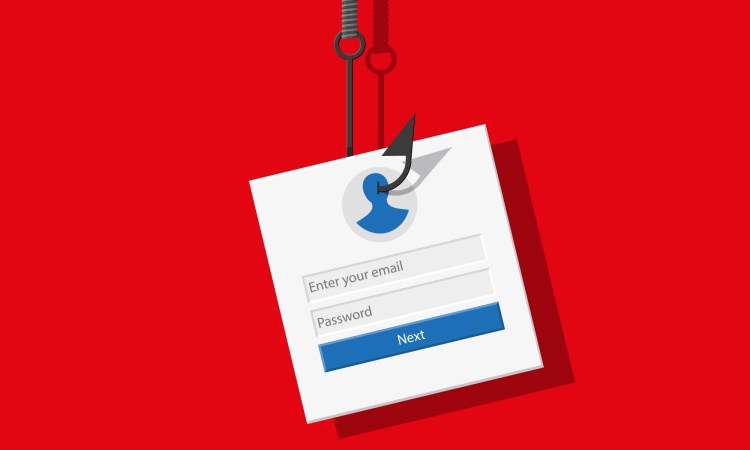
Bank frauds are on the rise around the world, and India is no exception. According to RBI data, 7400 incidences of financial crimes totalling Rs. 1.38 lakh were detected in 2021. Although financial institutions are undertaking steps to curb such crimes, a lack of understanding among the general public is a primary reason for phishing assaults to persist indefinitely.
Scammers use a variety of tactics to deceive unsuspecting people to commit financial crimes, including text messages, emails, unverified loan apps, and more. Continue reading for more information about phishing attacks.
What is Phishing?
Phishing is the spreading of fake information by cybercriminals to bank clients in order to get confidential information from the individual. Through fake or misleading emails, scammers target sensitive information or funds of the recipient. In addition to deceptive emails, there are various types of phishing, including:
- Vishing or Voice phishing: The phisher uses bogus caller id data.
- Smishing or SMS phishing: fake text messages.
- Spear phishing, and
- Covert redirect are all examples of phishing attacks.
How Does Phishing Work?
The most common method employed is to deliver spam mail containing a malicious link promoting low-interest online loans or festive offers on bike finance to a large number of recipients. These emails are so designed that they resemble original banking or government entities. The goal is to gain private, financial, and confidential information from the targeted individuals.
The recipient of the bogus email is instructed to click on the link. When a person follows the advice, he is directed to a malicious website that appears to be the official one. After visiting the website, the customer is prompted to input personal information such as passwords, credit card PINs, bank account information, etc. When a person presses the submit button, an error page appears typically. Various tactics are used to trick the recipient into disclosing his info. This could involve an IT warning, bank account validation, the threat of account suspension, compliance awards, etc.
How to Avoid Phishing Attacks?
Some of the measures to avoid phishing attacks are listed below.
- If you receive a suspicious email or communication from an unknown source promising cheap online loans or loans for bikes with flexible repayment terms. Do not open such emails and, if possible, delete them.
- In case you have opened the mail and clicked on the link, double-check the URL address. Check that the Padlock symbol is visible on the page. Look for indicators that the website is secure, such as a URL that begins with https://.
- Never disclose your personal information to anyone online. Such information is strictly confidential, and even banking professionals can not access it.
- Passwords should be updated on a regular basis. Additionally, anti-virus software, email filters, spyware filters, and firewall tools should be installed to avoid phishing attempts.
- Check your bank, debit, and credit card statements regularly to confirm no fraudulent transactions have occurred.
Phishing attacks on bank customers are a concern; however, the strategies indicated above can significantly assist you against cyber fraud. Furthermore, if any unusual behaviour is detected, contact the banking authorities immediately.






More Stories
Using Social Media As a Communication Tool During Disaster Recovery
How Recording Your Consulting Sessions Can Help You to Work Less and Get Paid More
Active Inquiry in Organizational Change